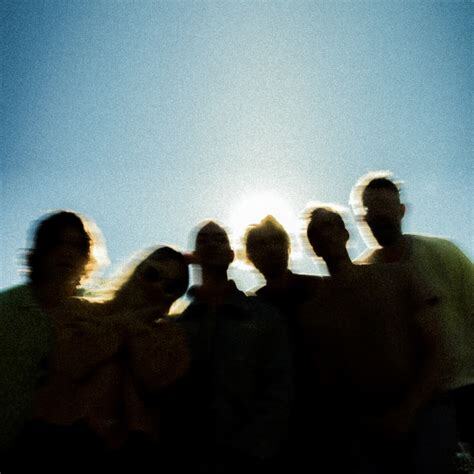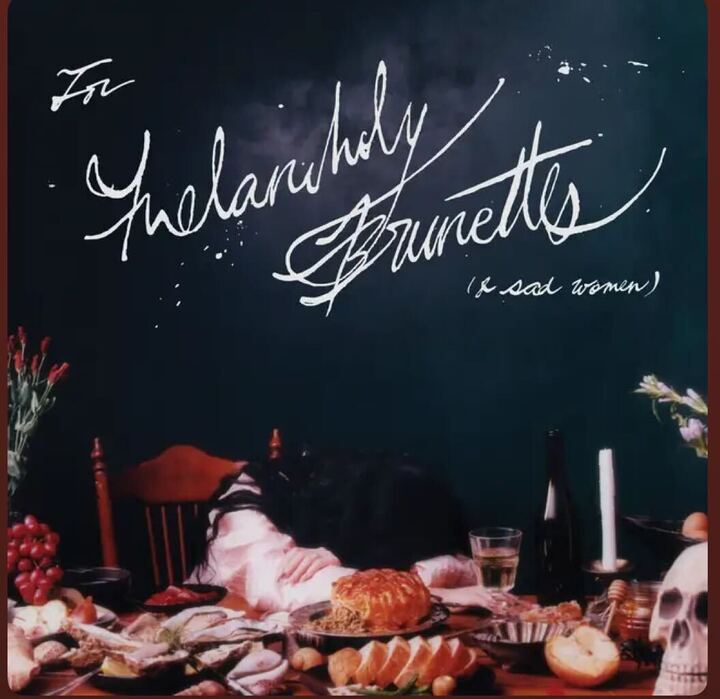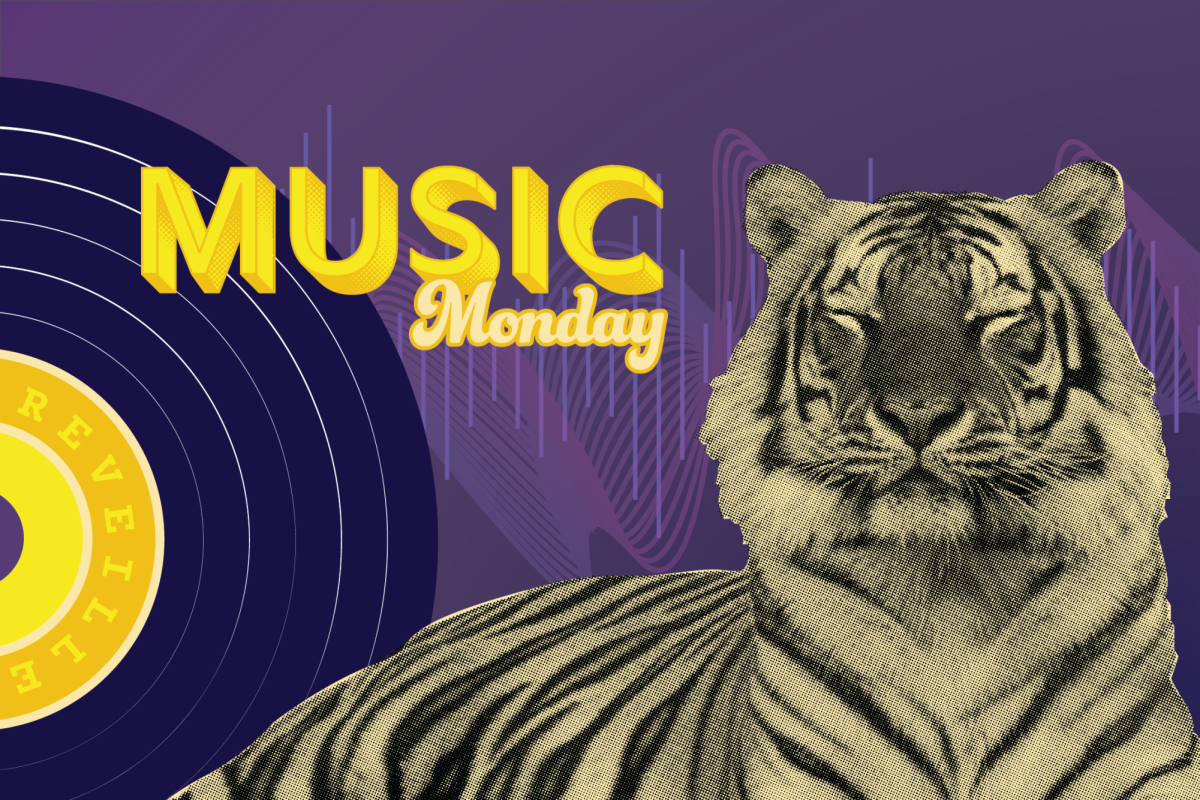Set to release on May 9, Aperture marks a reinvention for American indie folk band The Head and the Heart. After over a decade of soaring highs, personal reckonings, and a near-fracturing during the pandemic, the six-piece emerges more connected than ever—grounded in vulnerability, spontaneity, and deep creative trust.
“Aperture started with the title song,” said vocalist and multi-instrumentalist Charity Rose Thielen. “It sums up the themes of the record. It’s about a journey between light, dark, and all the emotions in between. Letting the light in via the openness of the lyrics.” That openness radiates from every corner of the album— which is fitting considering this is their first release since returning from what the band calls a “period of darkness.” Rather than approach the record with polished concepts or rigid direction, they leaned into intuition and unfiltered expression.
“We’ve never worked in such a spontaneous way before,” said bassist Tyler Williams. This shift toward spontaneity marked a turning point—less production polish, and more raw presence.
Each member brought unique energy into the studio, often stepping into new roles or pushing past personal limits. When asked which songs they’re most excited to perform live, their answers revealed the spectrum of sounds the album holds. Pianist Kenny Hensley described “West Coast”—a track he sings on, despite rarely taking the mic.
“The thought of performing it live sends goosebumps down my spine,” he said. “But it’s also really exciting.”
“The whole album feels very fresh – I haven’t felt this excited for an album in a long time.” said frontman Jonathan (Jon) Russell. Charity and Matty Gervais (guitars, vocals) recommended the title track, Aperture, explaining how it feels like an embodiment of the project as a whole, and that they haven’t touched the song since it was first recorded. Charity said they haven’t revisited the song since recording but are eager to perform it, as it captures the album’s essence. Jon added that the whole album feels fresh and it’s the most excited he’s felt about a release in a long time.
“We’ve been on such a journey,” said Charity. “This really is a return to our first album—and to our second record, which was our first self-produced. It’s the most collaborative album we’ve made.”
That unity wasn’t accidental, as it came from years of deep personal work. Few bands address their internal struggles so openly, while The Head and the Heart has leaned into honesty, even going so far as to begin group therapy six years ago to preserve the bond.
“When all six of us feel proud of the work and ownership over the music,” Kenny added, “it makes everything—touring, the interviews—feel like something you’re part of, rather than having to stick to a script.”
Their emotional commitment echoes across the album. In “After The Setting Sun,” for example, vulnerability becomes not just a theme but a method.
“It’s about being in a relationship for so long and learning to help someone up instead of letting go,” Tyler said. “You learn that the only way to be vulnerable is to trust that you’re safe with each other.”
Jon offered a personal look at the writing process:
“I was almost too ashamed to truly take it head-on and talk to anybody about what I was going through. Fortunately Matty stepped up and said, ‘I really love what you started—do you mind if I take it from here and build it out?’”
For many in the band, the title track became an emotional anchor. Matty described it as being devastatingly beautiful, with him discussing the loss that took place and the amount of love poured into the song that was beyond moving.
“It’s such an interesting album because it plays on contradictions,” Tyler added. “We came together as a unit and proved this band is greater than the sum of its parts.”
That idea comes to life most vividly on “Cop Car”—one of the album’s most emotionally charged moments. Jon described the process as starting with a musical foundation, then entering the booth, closing his eyes, and performing a spontaneous, stream-of-consciousness vocal take. Tyler, who’s known Jon since high school, added a verse. Kenny closed it out with a gospel outro that resulted in a patchwork of perspectives that were raw, real, and entirely collaborative.
Looking back on their beginnings, the band shared advice they’d give their younger selves:
Tyler advised “You start out with this wall around you. Making this album for me was about destroying that wall and being okay with whatever the result was.”
Talking about most young artists, Jon said “There’s a naivety with that first record. You try to be smart to protect yourself, but it gets in the way of truth.”
“I would tell myself to soak it all in a little more. Looking back, it’s such a blur.” Kenny added. Reflecting most on the other band members Charity said that finding collaborators you trust is the best thing for honesty in songwriting.
For new listeners, the band recommends starting with “Arrow,” which Tyler sees as a reflection of their current sound, and “Time With My Sins,” which Matty says connects different phases of their music.
“I’m inspired by the risk-taking,” said Charity, noting Jon and Kenny’s vocal debuts. Rather than spotlight their own contributions, each member pointed to someone else’s—proof that Aperture is as much about unity as it is artistry.
“It’s such a democratic process,” Tyler said. “This whole piece of work is greater than the sum of its parts.” Matty added that watching Charity sculpt “Finally Free” was like magic.
The band agrees that their latest album is full of live, in-the-moment magic. With Aperture, The Head and the Heart haven’t just made a record—they’ve made a document of connection, healing, and creative rebirth.








